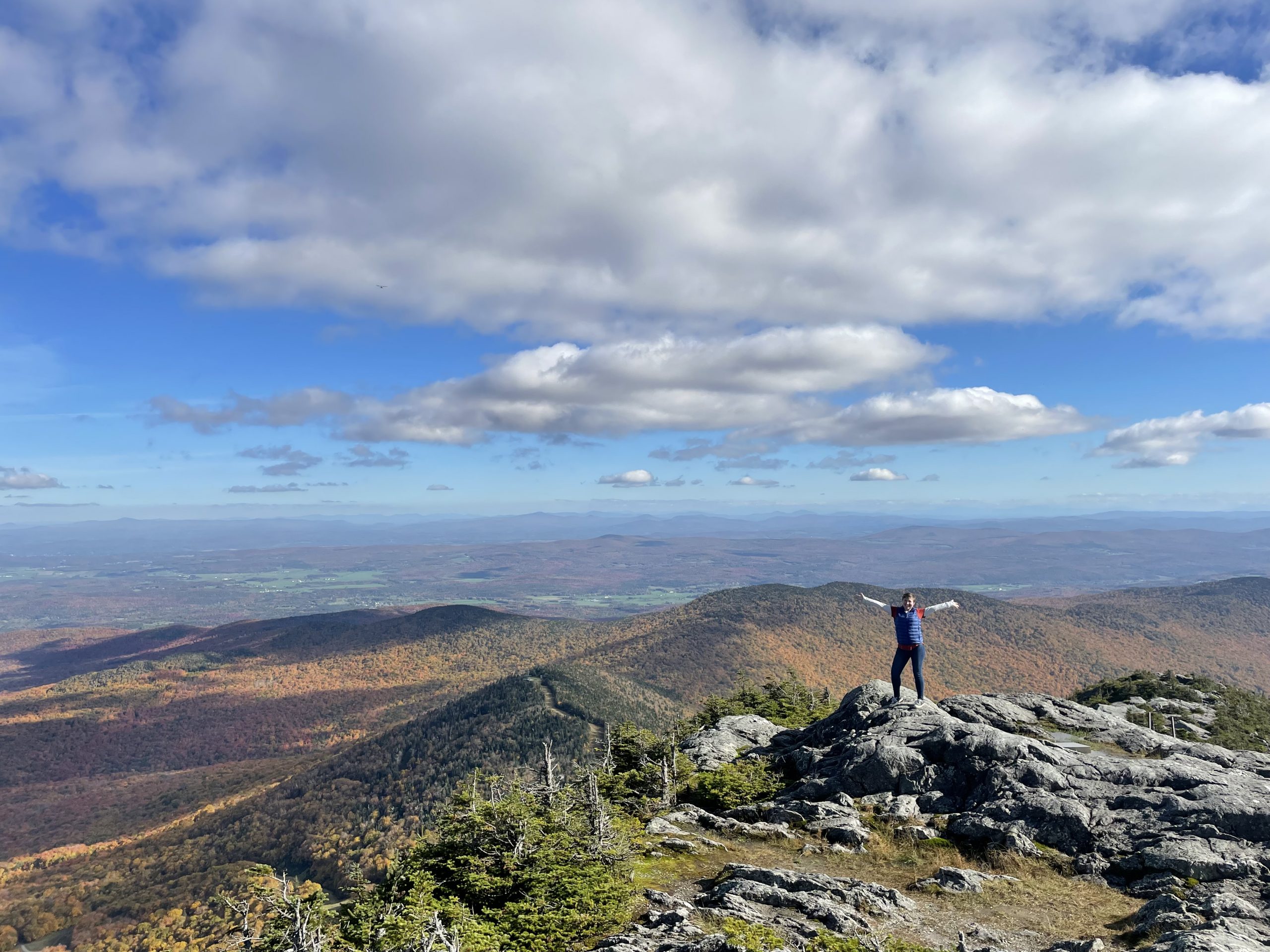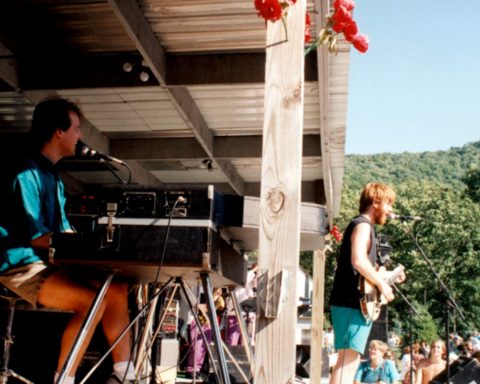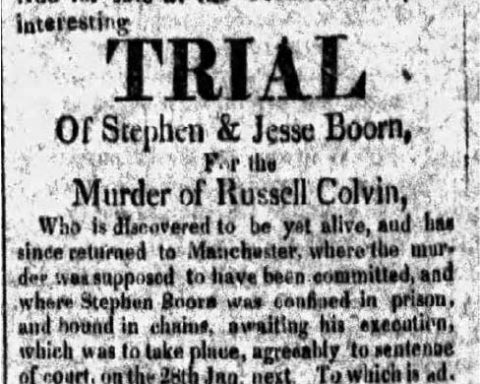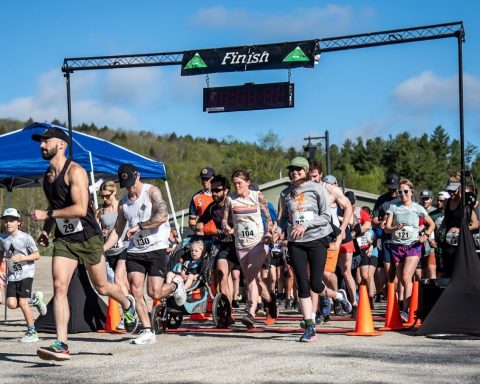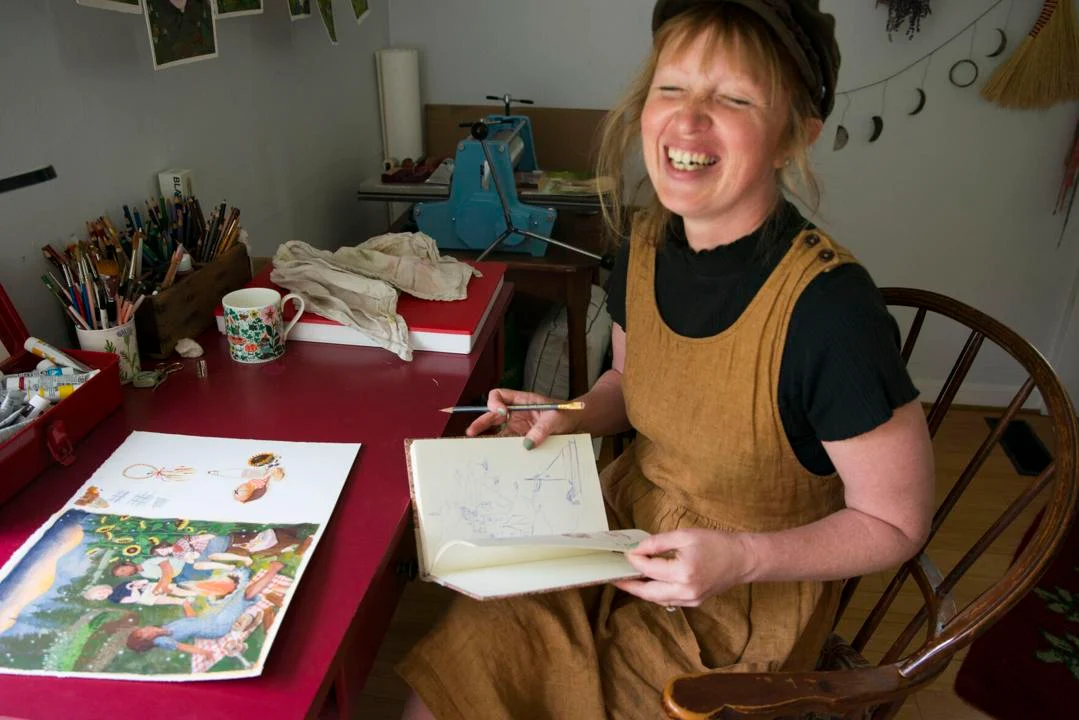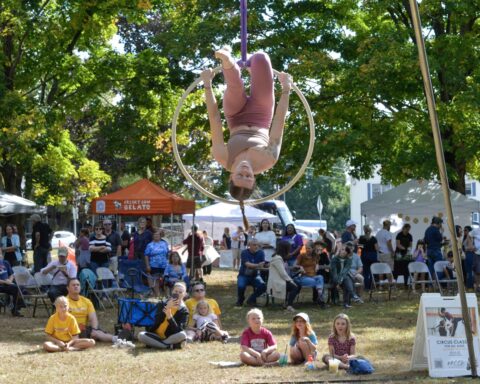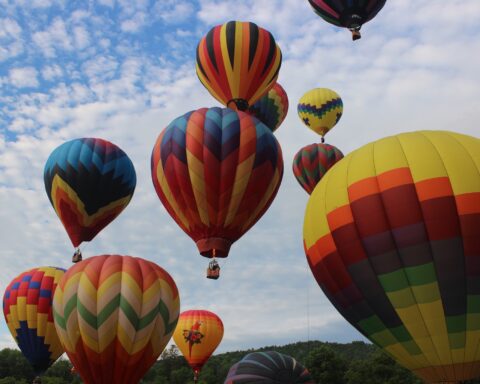What draws hikers to trek the Long and Appalachian trails
By Jim Therrien
Vermont Country
BENNINGTON — Most people are at least vaguely aware that backpack-laden hikers are often trekking past us on the high ridgelines of the Appalachian and Long trails through Southern Vermont.
But hikers are only visible to the general public when they drop down for a break in one of the towns along the two trails, which run together in the Green Mountains north to the Rutland area.
At that point, the Appalachian Trail slants off toward New Hampshire and, eventually, Mount Katahdin in Maine — the opposite end of the 2,194.3-mile path through 14 states, which extends south to Georgia.
Many Vermonters, as well as visitors, probably have an image of those hikers on the trail — either feeling envious, wanting to try that one day or thinking, “Why would they put themselves through all that?”
We asked some experienced hikers why they like to go up and down mountains on often rough pathways; enduring heat, bugs, blisters and nighttime cold, not to mention a chance meeting with a bear, a bobcat or coyote — all while studiously avoiding ticks, snakes, poison ivy and other natural hazards.
They came up with some inspiring answers. So, here’s what those hikers told us.
RETHA CHARETTE
“I did the [274-mile] Long Trail in sections in 2020, and then I did a [thru-hike] of the Appalachian Trail in 2021,” said Retha Charette of Sunderland, who now travels to hiking sites around the world, working for an adventure travel tour service for women.
“Regardless of how long you are out there, I personally feel very free,” she said. “You are disconnected from all the negativity in the world, and it’s just you out there, depending on yourself.
“It’s also soul-strengthening; [it’s] the term I’d use,” she said. “I mean, I left the [Appalachian] Trail feeling stronger than I ever have when I finished in September.”
Charette, who grew up in Eastern Massachusetts, was a Girl Scout who remembers her experiences then as dominated by summer camp and the outdoors.
“So I’ve always been a bit of an outdoors person,” she said.
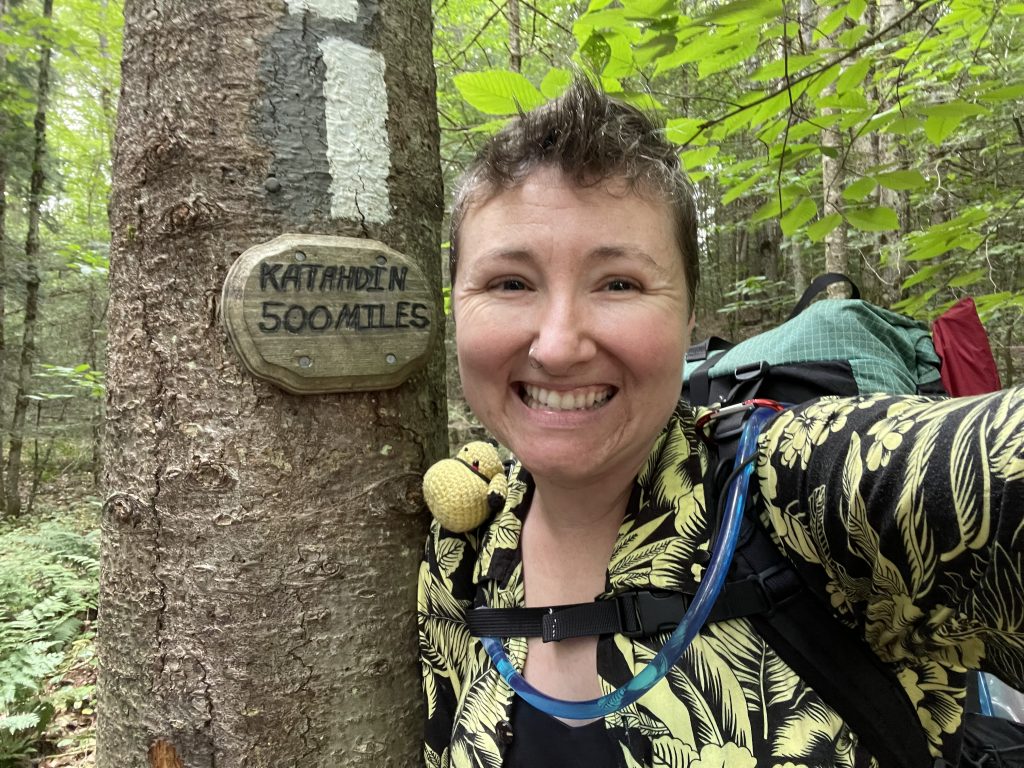
In 2015, she “spontaneously signed up to climb Mount Kilimanjaro, without knowing how high it was. That kind of set me on a trajectory to being a more confident hiker than I was before.”
Kilimanjaro, a dormant volcano in Tanzania, is the highest peak in Africa at more than 19,341 feet.
Since then, Charette has climbed Machu Picchu in Peru multiple times, and has hiked peaks in Japan and to the base camp at Mount Everest in Nepal, the stepping off point for teams preparing to scale the world’s highest peak, at just over 29,000 feet.
Much of her experience is related to her job with WHOA [Women High On Adventure] Travel, which arranges adventure travel to sites around the world, conducted by women for women.
She also is a backpacking coach with a blog site, working to help more women get out on trails backpacking.
SILVIA CASSANO
Silvia Cassano, is co-chair of the Bennington Appalachian Trail Community Committee and has worked as a trails system program manager and in other outdoor recreation positions.
“For me, the trail is a place to commune with the sights, smells and sounds of nature for a full immersion in the forests, wetlands, meadows, fields, mountain tops, sky and waterways and the life within,” she said.
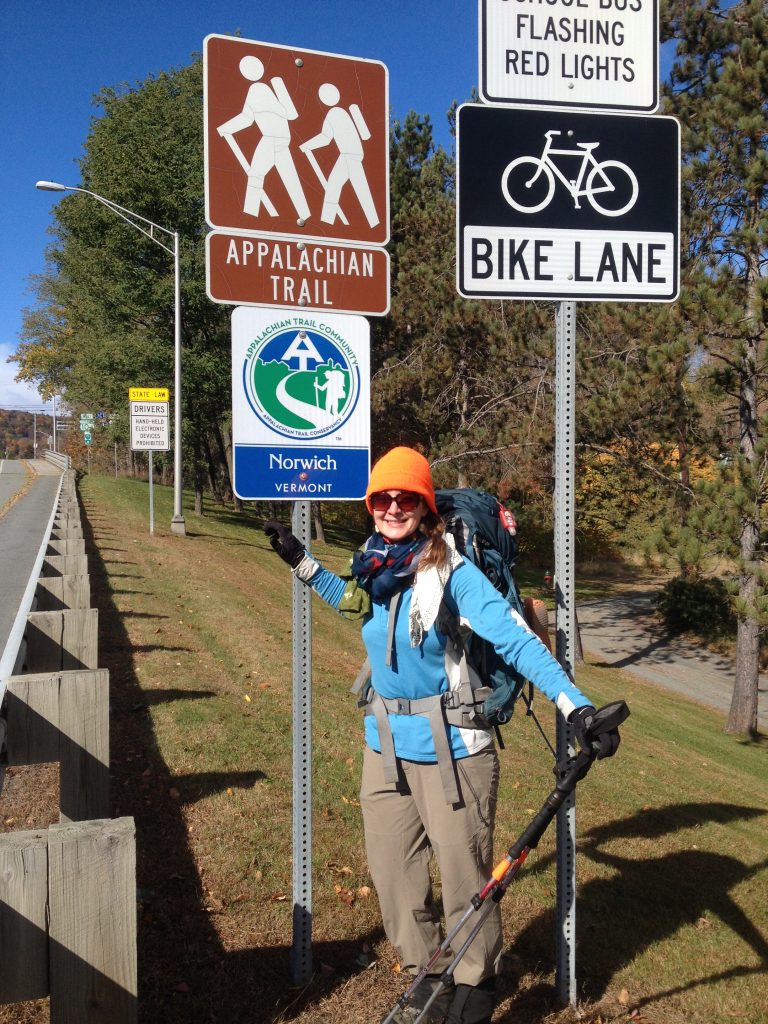
Cassano said she seeks “quiet experiences and a time and place to look inward and reflect. There is nothing like hearing the migrating songbirds return to the forests in spring, or listening to the rustle of leaves from a breeze while stopping to filter my water or take a break. Being more in tune with my surroundings by thoughtful moving along the trail really grounds me to the land, but also to myself and to other people.”
Cassano said her favorite scents are “of the earth when trail work is happening, and the smells of blooming azaleas, and the sprucey smells when you get to higher elevations, mixed in with the earthy, organic duff smell. I love how cold the water is from the clean spring at the Goddard Shelter in Glastenbury.”
She advises novice trail hikers to also be prepared to deal with an injury or other emergency, as it can take hours for rescue personnel to reach a mountain site.
“I have found so much comfort and an understanding of myself through finding mentors and peers to hike with and learn from,” she said, “and joining groups like the Green Mountain Club or attending organized events can help you meet people who can introduce you to skills you can develop.
“I really enjoyed the moments where I was getting ready for bed in my tent on a crisp night, after successfully storing my food and putting on clean, hopefully dry socks,” Cassano said. “Laying down after a day of hiking feels so good. Early mornings and being woken up with the birds and the light during summer hiking season is also refreshing. Your body feels like it is calibrating with Mother Nature, which feels so much more natural and energizing.”
JONAH SPIVAK
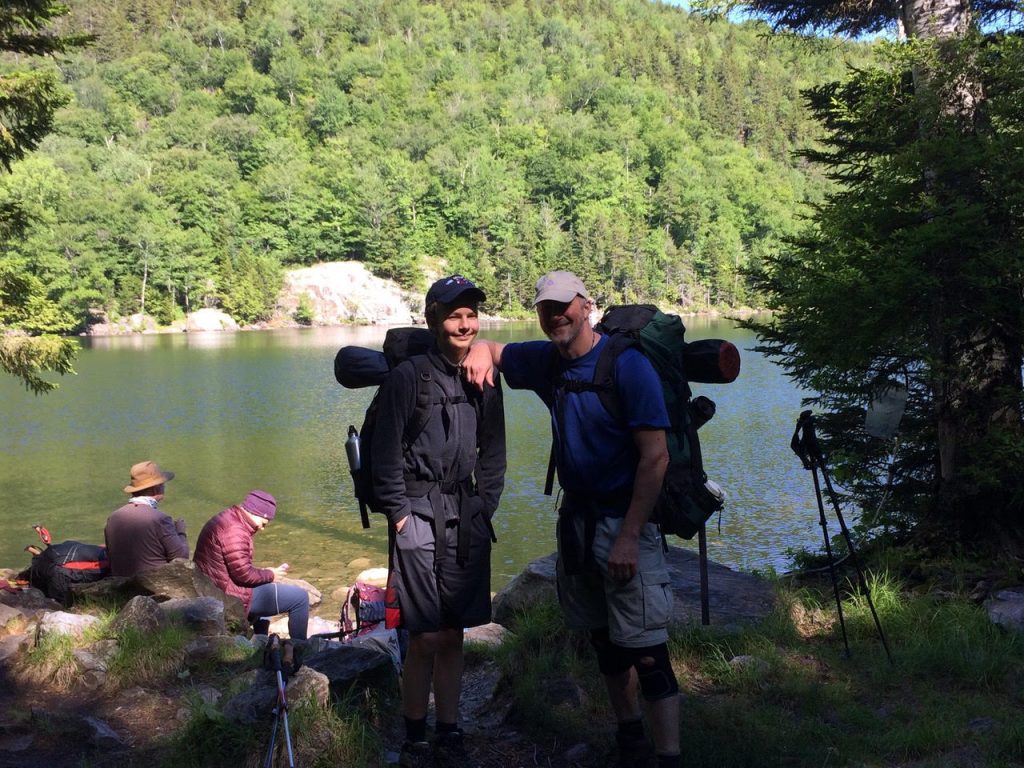
“A complete escape from the modern world” is how Jonah Spivak, Bennington’s communications coordinator, describes a Long Trail hike he took right after college. “The freedom of having everything you need right on your back, where your only schedule is deciding when and where you want to stop to breathe in the fresh air or to set up camp for the night.”
Of his unforgettable moments, he said, were “seeing a moose grazing in the shallows of a secluded pond is an experience. Then hearing a mouse all night long rustling about the shelter until I was able to capture it under a cooking pot to keep it quiet until morning.”
His favorite section of the trail is in Bennington County.
“I love the stretch from Glastenbury Mountain to Stratton Mountain … a wonderful combination of amazing views and beautiful trail, with a picturesque pond at the foot of Stratton Mountain to cool off in.”
The experience of hiking the trail in Vermont “is likened by some as hiking ‘the green tunnel,’” Spivak said, “as you are often surrounded by woods — but interspersed with amazing views and the wonderment of what new discovery will come around each bend. Because the trail is mostly along the ridges and tops of mountains, the flora has a distinct northern feel, with lots of mossy bouldered streams, seas of gently waving ferns, and shade-loving wildflowers.”
MARK RONDEAU
“I am strictly a day hiker,” said Mark Rondeau, a former Bennington Banner copy editor and writer, who now is executive director of the Berkshire Food Project in North Adams, Mass.
“I have hiked parts of the AT in Vermont, Massachusetts, Connecticut and New Hampshire,” he said. “I first hiked on the trail but on the parts that go from my hometown of North Adams, Mass. From there years ago, I hiked to where the trail enters Vermont.”
In Vermont, he said, “I have hiked on the AT to the top of Baker Peak in the Green Mountain National Forest,
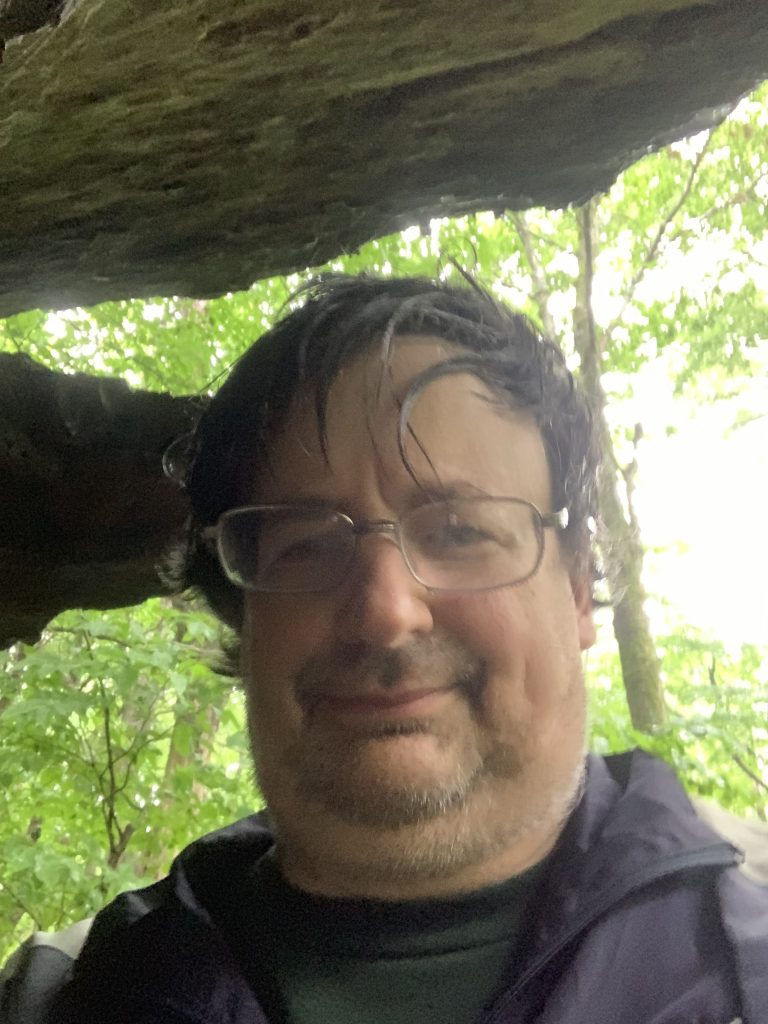
to the top of Styles Peak in the Peru Peak Wilderness, and on June 29, 2020, I was hiking on the AT in Winhall when I got caught in a torrential summer rain. I took cover for over a half-hour under a rock overhang, which was almost like a cave.
“I love the trail,” he said. “It passes through so many interesting spots. Peaks, lakes, rock formations, views. I have many favorite stretches in Massachusetts and Vermont. It would be hard to choose one.”
Concerning the trail experience, Rondeau said, “You meet two types of people. Day hikers like me and thru hikers. You can tell the difference by how much stuff they carry. Plus, frankly, thru hikers often look strained and exhausted. They’re usually in a hurry and don’t talk much.”
He adds, “Despite the mystique of the thru hiker, day hiking on segments is just as legitimate. Often day hikes on the trail involve other trails, which is fine.”
Rondeau said he was in turn inspired after reading “The Last of the Mohicans” to hike in the Adirondacks, and has hiked in the White Mountains, including on Mount Eisenhower.
“The weather was wild,” he said.
REP. PETER WELCH
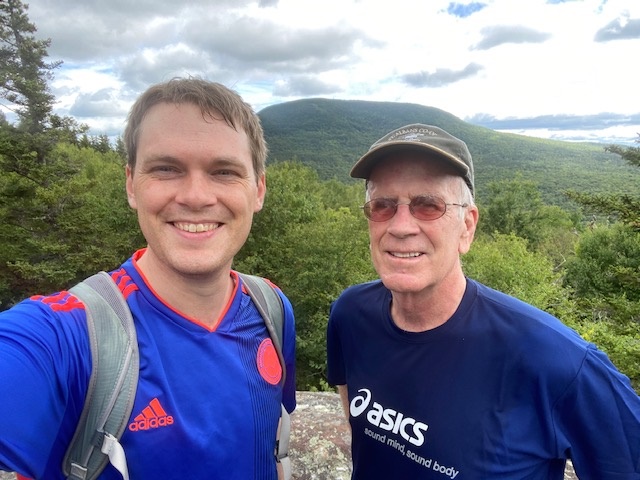
“I live in Norwich, and I’m within half a mile of the Appalachian Trail. In the winter I’ve skied it, and in the summer I hike it,” said U.S. Rep. Peter Welch, D-Vermont.
“I did a lot of hiking during COVID,” Welch said, adding that during the first pandemic summer, his son was home to visit, and they spent many days on hiking trails.
Several day trips were in the Norwich-Hartford-Bridgewater area and on to Killington. On the New Hampshire side, Welch hiked into the Hanover area, to Velvet Rocks, Moose Mountain or other sites.
“These are day trips where you can go about six hours and cover a lot of beautiful countryside,” he said. “And I think it helped us immeasurably to survive the COVID lockdown.”
There were many hikers on the trails during that period, he said.
“It’s just a glorious experience being on the beautiful, well-maintained Appalachian Trail and to experience kind of unspoiled Vermont and New Hampshire,” Welch said.
“I like the quiet, the solitude, and the peace of walking through the variable Vermont countryside,” he said. “And would see everything from steep climbs up rugged mountains with close-in vegetation and forest to mature forest with beautiful glades to on occasion crossing open fields and high meadows with magnificent views.
“The second thing is that it gives a sense of what Vermont was hundreds of years ago. It’s largely isolated, even when the trail is within hearing distance of a road. But the significant majority of the experience is of the solitude of the beautiful Vermont countryside.”
The memory of the hike is sometimes “sweeter than the hike itself,” he said with a laugh, referring to bad weather or difficult trails.
“For us it’s been a wonderful family experience, and we spend a lot of time figuring out and talking about where we would go, where we’ve been and what we are going to do next,” he said.
Looking at mountains Welch can see from his home allows him to visualize hiking in those areas, he said.
“The kind of spiritual connection you feel to being attached to where you live in a very intimate way is part of the long-term experience of that hike. So I recommend it.”
